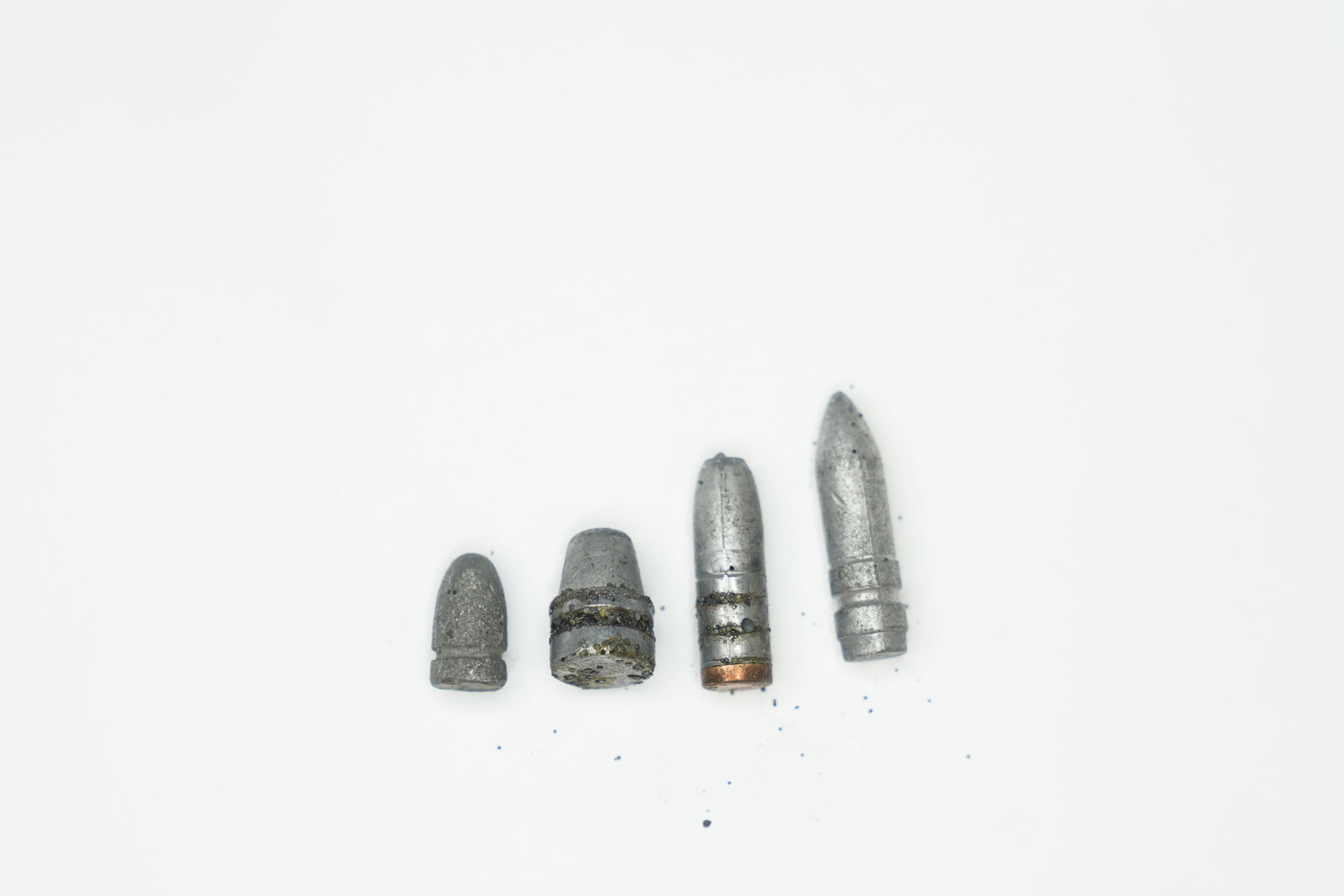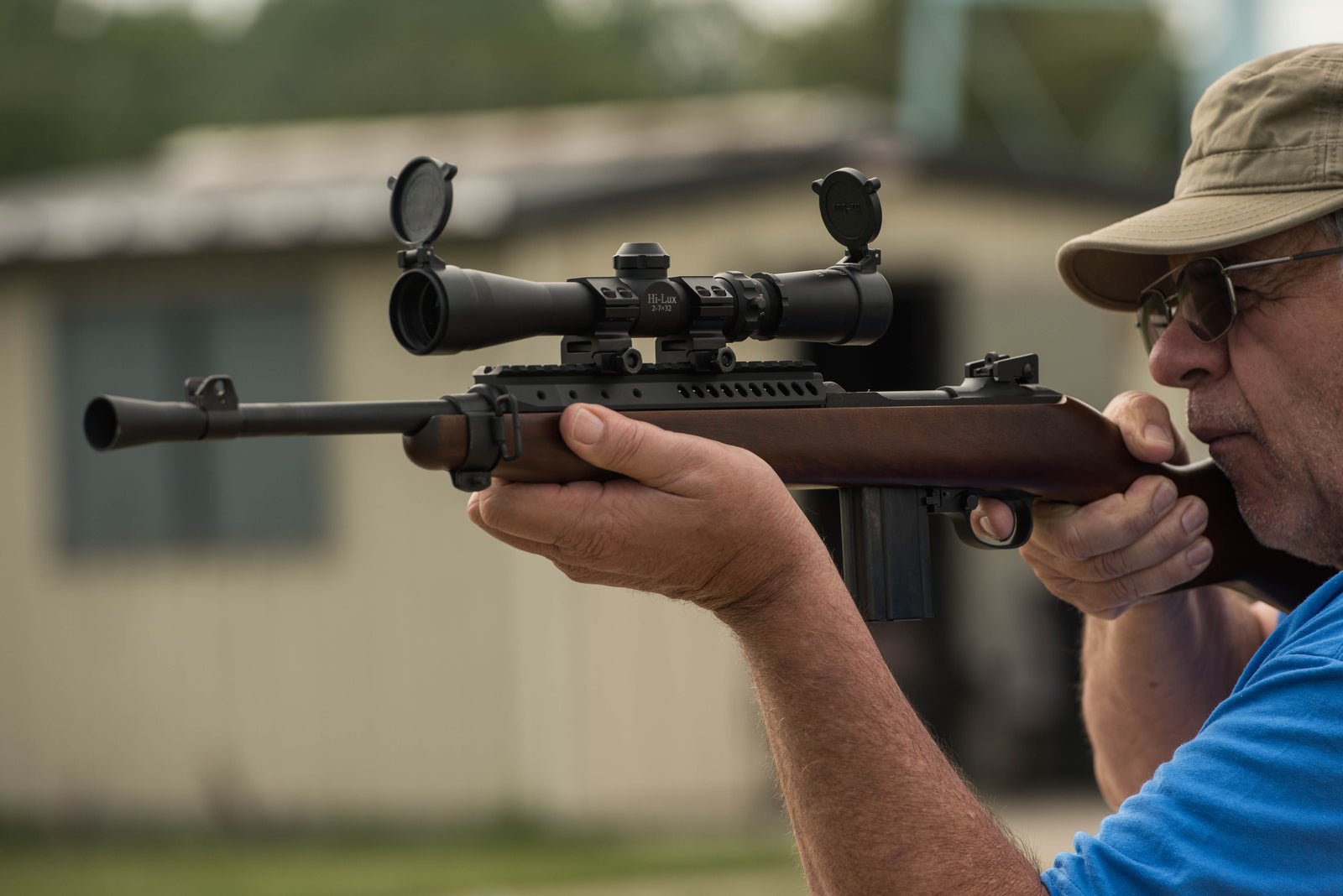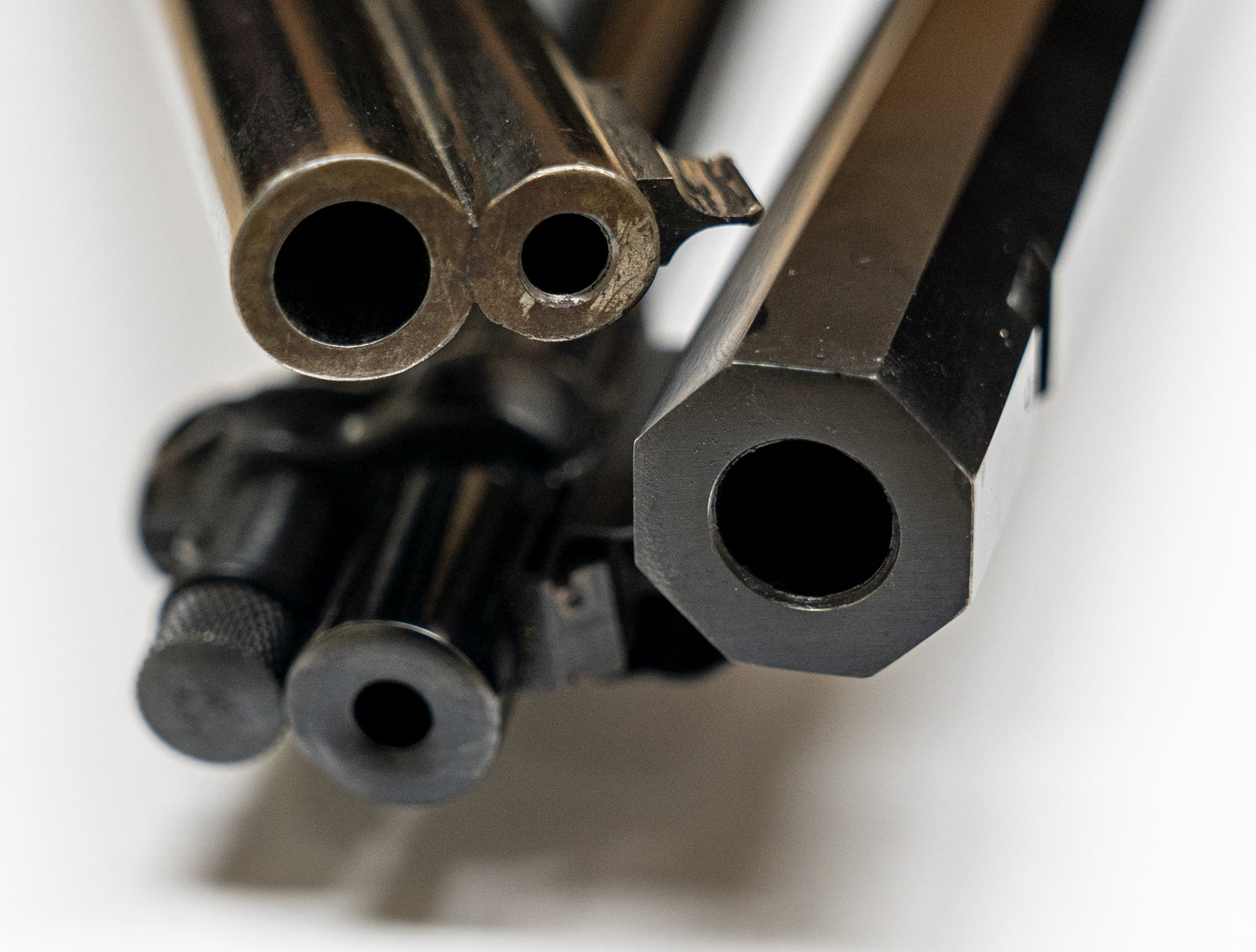Firearms and their projectiles have evolved significantly over centuries, transforming warfare, hunting, and even sport shooting. At the heart of these advancements lies the science of ballistics, which delves into the intricate workings of bullets and their flight paths. In this blog post, we’ll examine the fascinating science behind ballistics, unraveling the principles of bullet mechanics, trajectory, and terminal effects.

Bullet Anatomy and Construction
A bullet, the projectile that actually leaves the front of the firearm, is shaped by several key factors. At the front is the bullet tip, which can vary in shape and purpose, influencing factors such as aerodynamics and terminal performance. The general rule of aerodynamics holds true - something blunt will slow down more quickly. The bullet is typically made of lead or a lead-core encased in a jacket, designed to maintain structural integrity during flight. The shape of the tip, composition of the jacket, and even the core material can help determine whether a bullet expands, fragments, or passes through a target. The base of the bullet may be further shaped to aid its aerodynamic potential.
Internal Ballistics: Firing and Chambering
When a firearm is discharged, the primer ignites the propellant, creating a rapid expansion of gasses within the cartridge case. The pressure from the expanding gasses forces the bullet down the barrel and out of the muzzle. Internal ballistics focuses on understanding the forces and processes that occur within the firearm during firing, including pressure, muzzle velocity, and barrel dynamics. Factors such as bullet weight, powder charge, and barrel length can all influence the internal ballistics of a firearm. Once the bullet leaves the barrel, it falls prey to external ballistics.
External Ballistics: Trajectory and Flight Path
External ballistics studies the behavior of the bullet in flight, encompassing its trajectory, stability, and external influences. Gravity, air resistance (drag), and wind are the primary factors affecting the flight path of a bullet. Gravity causes all bullets to fly on an arc, drag steadily reduces the velocity, and wind deflects the bullet from one side to another. The shape of the bullet, its velocity, and the rotational stability provided by rifling in the barrel all impact its ability to maintain a predictable and accurate trajectory. External ballistics calculations take into account these variables to determine bullet drop, drift, and the required adjustments for accurate shooting over varying distances.
Terminal Ballistics: Impact and Wound Effects
Terminal ballistics examines the interaction between a bullet and its target upon impact. Factors such as bullet design, velocity, and target composition influence terminal effects. Upon impact, the bullet transfers energy to the target, creating a temporary cavity and a permanent wound channel. Terminal ballistics studies the bullet's ability to penetrate, deform, and incapacitate the target effectively, contributing to its stopping power. For target shooting and bullseye shooting, terminal ballistics are minor concerns.

Conclusion
The science of ballistics is a multidisciplinary field that combines physics, engineering, and metallurgy to understand the behavior of bullets and their interactions with external phenomena. From the internal ballistics of firing a cartridge to the external ballistics governing the bullet's flight path and the terminal ballistics determining its impact on a target, each stage holds keys to understanding the purpose and function of a bullet’s design. By delving into the world of ballistics, we gain a deeper appreciation for the engineering behind firearms, the art of marksmanship, and the joy of hitting a target on the first shot. Understanding the science behind ballistics not only enhances our knowledge of firearms but also sheds light on the complex interplay of forces that shape the trajectory and behavior of bullets.





Leave a comment (all fields required)